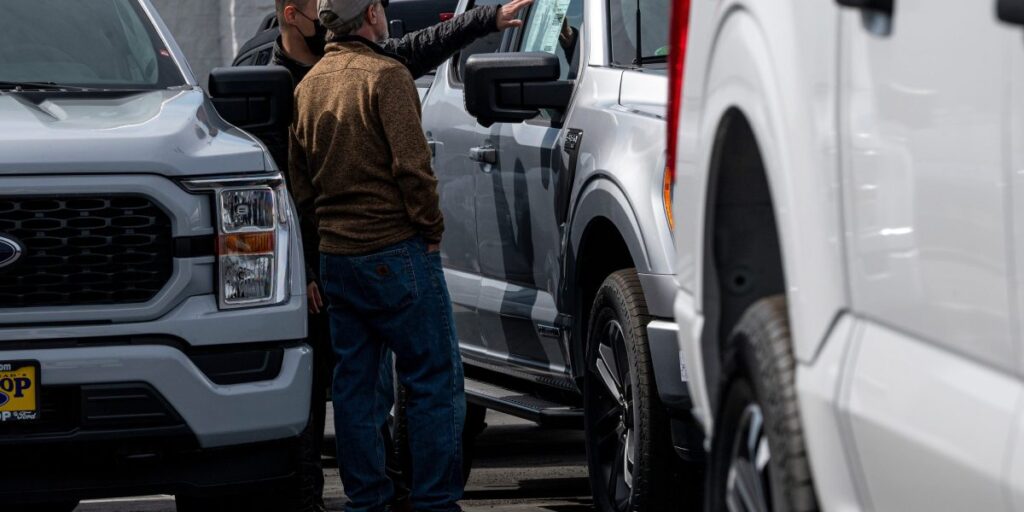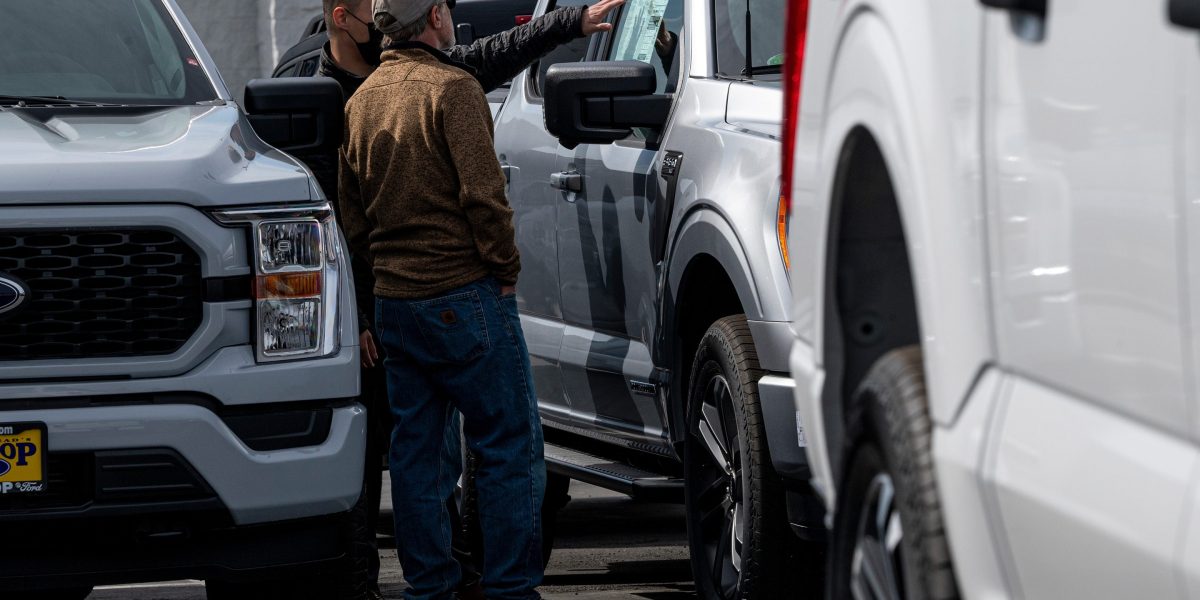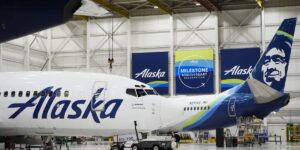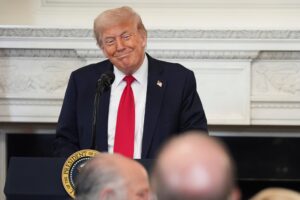Budget-friendly cars under $30,000 are overshadowed by amenity-stuffed, luxury models, new data shows
“Those vehicles are under pressure again, because automakers’ costs are going up,” one expert said.


Sweeping tariffs are making it harder to buy cheaper cars, industry experts warn.
Inventories for cars under $30,000 have stagnated at around 13% over the past two years, as of the end of the first half of 2025, according to a report released on Friday by online auto marketplace Cars.com. While overall units for these budget-friendly cars have increased 3.6% year-over-year, inventory growth has lagged behind the 5.6% increase for all vehicles.
Entry vehicle inventory has dwindled since the pandemic-era chip shortage saw automakers shift their attention toward producing more profitable higher-end vehicles. These budget-friendly cars have since seen a modest recovery, but they are once again overshadowed by the inventory growth of higher-trim, amenity-stuffed vehicles.
These low-trim vehicles have also become more susceptible to tariff-induced price hikes because they’re heavily imported, according to David Greene, principal analyst at Cars.com. Only two models, the Honda Civic and Toyota Corolla, are manufactured in the U.S. With aluminum and steel tariffs skyrocketing to 50% and many imported autos having a levy of 25%, these cars have simply gotten more expensive.
“Those vehicles are under pressure again, because automakers’ costs are going up,” Greene told Fortune. Automakers appear to be spreading costs across different vehicles, so these cost increases are modest, “but it does push some of them into the next higher price category.”
Overall, auto costs have increased only an average of $97 since the beginning of the year, according to the report. However, astronomical price hikes for imports from the UK and European Union—$10,129 and $2,455, respectively—have come amid price declines for countries such as China, Canada, and South Korea.
Consumers, automakers face challenges ahead
Consumers, fearing tariffs would indeed hike prices, raced to purchase new vehicles, with car companies stockpiling inventory in anticipation of the cost and demand increases. But as consumer demand lulls—either because buyers decided to make the purchase or are holding off until the tariff dust settled—the frenzy is beginning to peter out.
Car companies have other issues to contend with. Beyond tariffs raising prices on new cars, the uncertainty surrounding prospective trade deals, particularly with Canada, have damaged trade relations, putting U.S.-based car companies in a bind, according to Patrick Anderson, principal and CEO of Anderson Economic Group. For example, for decades, Canada and the U.S. have jointly built cars, with American auto companies able to claim their vehicles were “made in America,” despite help from their northern neighbors, Anderson told Fortune.
While U.S. auto companies like General Motors have vowed to amp up domestic manufacturing, others may scale back on imports, particularly from Europe, meaning come later this year, consumers may have fewer choices, but with higher price tags.
“Unfortunately, this is not going to go away soon,” Anderson said. “We anticipate that the industry has got a rough road ahead, and the buyers are going to be buffeted here by choices between vehicles that they can either buy now for price they can they can see, or hold off and buy in the future at a price that they can’t see now, but that may be significantly higher.”
“That’s not going to be helpful for auto sales,” he added.






